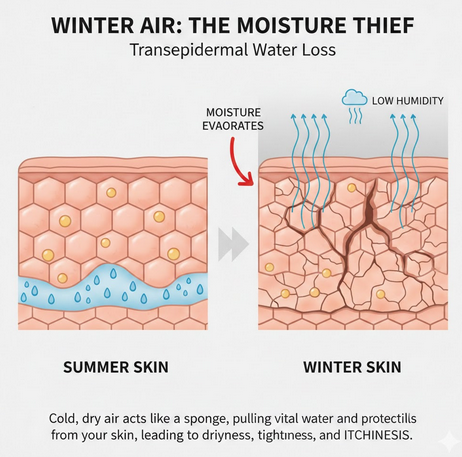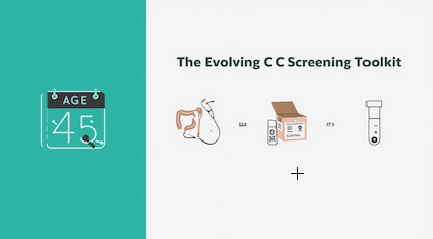Beyond the Bandage: Why Innovation, Not Just Standard Care, is the Future of Diabetic Foot Ulcer Treatment
- OliveHealth

- Aug 16
- 3 min read
by Ed Fuentes, D.O.

Diabetic foot ulcers (DFUs) are a silent epidemic, a devastating and all-too-common complication of diabetes that can lead to infection, amputation, and a profound decrease in a person's quality of life. Current treatment guidelines are built on a solid foundation of "gold standard" principles: rigorous wound care, off-loading pressure from the ulcer, meticulous infection control, and, most importantly, tight management of blood glucose.
For too long, these have been the primary pillars of care. We tell patients to control their blood sugar, eat a healthy diet, and stay active. And while these are undeniably critical for overall health and for preventing ulcers in the first place, they often fail to address a central, physical problem that plagues more than half of all DFU patients: poor circulation.
The Circulatory Crisis at the Root of Non-Healing Wounds
Diabetes causes blood vessels to narrow and harden, a condition known as peripheral arterial disease (PAD). When this happens, the foot—which is literally at the end of the road for blood flow—doesn't receive the oxygen, nutrients, and immune cells it needs to heal. This lack of perfusion is the single most critical factor preventing an ulcer from healing, regardless of how well a patient manages their blood sugar.
While surgical revascularization procedures, like endovascular techniques and bypass surgery, are life-saving interventions that restore blood flow and reduce amputation risk , they are not always a viable option and may come too late for many. In fact, a major clinical trial is currently underway to investigate whether performing revascularization immediately, within 7 days, can lead to better outcomes than the standard practice of waiting for 6 weeks. This research underscores a fundamental shift in thinking: that we must move beyond simply managing the ulcer and proactively address the underlying circulatory deficit.
The existing paradigm—which often relies on optimizing standard care for months before escalating to more advanced therapies—can leave wounds in a chronic, stagnant state of inflammation, making them even more resistant to healing. This prolonged inflammation isn't just a local problem; it's part of a multi-directional interplay where the foot ulcer can actually worsen systemic conditions like heart failure and chronic kidney disease, creating a detrimental feedback loop. This "cardio-renal-metabolic-foot" connection highlights the need for truly innovative solutions that can target the systemic drivers of chronicity, not just the visible wound.
A Call for New Approaches to a Systemic Problem
The complexity of non-healing DFUs demands that we explore more novel, non-traditional approaches that can work in conjunction with existing care. It's not enough to simply control blood glucose and recommend exercise when the very microcirculation required for healing is compromised. There is a critical need for new therapeutic strategies that can address the complex interplay between systemic disease and local wound healing.
This is where true innovation comes into play. New ideas, such as the USPTO patent-pending invention Vascio Phi from Olive Health MD, are emerging with the aim of addressing this core problem of poor circulation. Vascio Phi seeks to offer a new way to restore blood flow and help break the vicious cycle that leaves so many DFUs in a non-healing state.
The future of DFU care lies in this kind of forward-thinking approach. By supporting and studying new technologies that target the root cause of the problem—the compromised circulation—we can provide patients with solutions that go beyond the bandage and offer a real path to healing and limb salvage.
For more information on the Vascio Phi invention, you can visit the landing page at https://www.olivehealthmd.com/vascio-phi.
References:
https://www.mintstl.com/blog/diabetic-foot-ulcers-and-pad-understanding-the-connection
https://iwgdfguidelines.org/wp-content/uploads/2020/11/Hinchliffe_et_al-2020-IWGDF-PAD-guideline.pdf
https://www.healthline.com/health/diabetes/diabetes-and-wound-healing
https://diabetesonthenet.com/diabetic-foot-journal/comorbidities-diabetic-patient-foot-problems/
https://www.healthpartners.com/blog/why-diabetic-wounds-wont-heal-and-tips-to-treat-them/




Comments